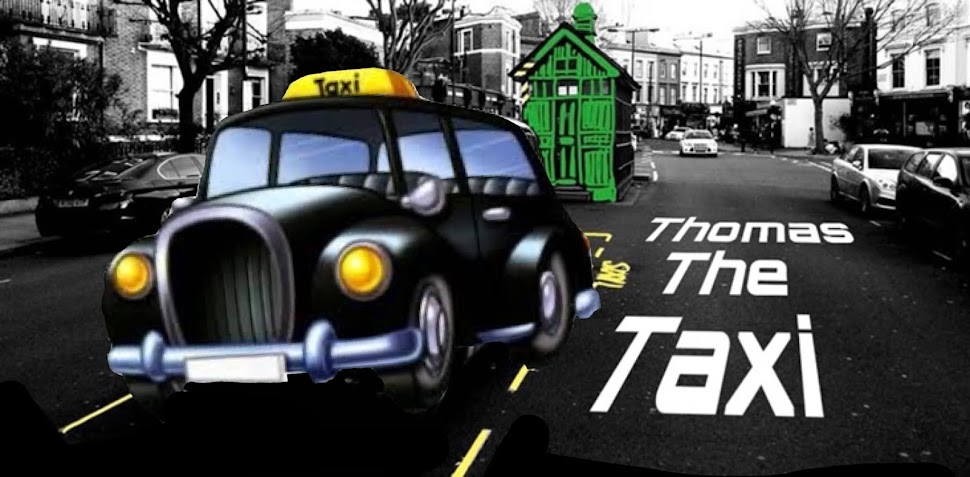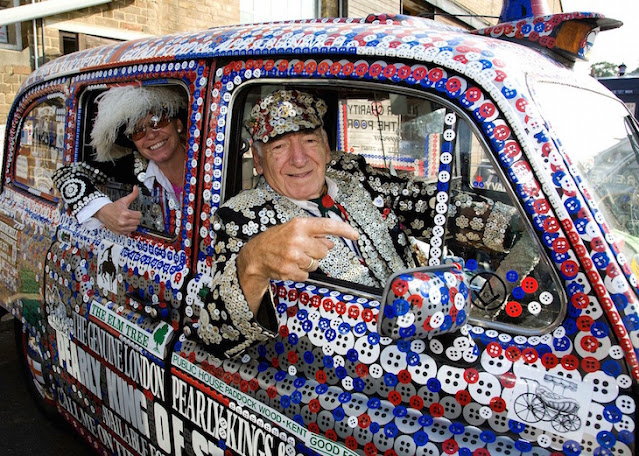The origins of the word Cockney lay in an insult to Londoners by more rural northern Englishmen....from the Middle English "Coken + ey" meaning misshapen eggs, later to be portrayed in Chaucers Canterbury tales "Cokenay" as "a child tenderly brought up", and "an effeminate town dweller".
When London consisted of little more than the walled City, the term cockney applied to all Londoners...and this lingered into the 19th century.
As the city grew the definitions shifted to alternatives based on more specific geography, or of a certain dialect. The terms "East End of London" and "within the sound of bow bells" are used interchangeably, and the bells are a symbol of East End identity.
The area within earshot of the bells changes with the wind, but there is a correlation between the two geographic definitions under the typical prevailing wind conditions. The term is now used loosely to describe all East Londoners, irrespective of their speech.
The traditional core districts of the East End include Bethnal Green, Whitechapel, Spitalfields, Stepney, Wapping, Limehouse, Poplar, Haggerston, Aldgate, Shoreditch, the Isle of Dogs, Hackney, Hoxton, Bow and Mile End. This area, north of the Thames, gradually expanded to include East Ham, Stratford, Leyton, West Ham and Plaistow as more land was built upon.
The church of St Mary-le-Bow is one of the oldest, largest and historically most important of the many churches in the City of London. The definition based on being born within earshot of the bells, cast at the Whitechapel Bell Foundry, reflects the early definition of the term as relating to all London.
The audible range of the Bells is dependent on geography and wind conditions. The east is mostly low lying, a factor which combines with the strength and regularity of the prevailing wind, blowing from west-south-west for nearly three-quarters of the year, to carry the sound further to the east, and more often.
A 2012 study showed that in the 19th century, and under typical conditions, the sound of the bells would carry as far as Clapton, Bow and Stratford in the east but only as far as Southwark to the south and Holborn in the west. An earlier study suggested the sound would have carried even further, as far as St Marylebone.
The 2012 study showed that in the modern era, noise pollution means that the bells can only be heard as far as Shoreditch. But according to legend, Dick Whittington heard the bells 4.5 miles away at the Highgate Archway, in what is now north London.
But the study also concluded that it is credible that Whittington might have heard them on one of the infrequent days that the wind blows from the south.
The church of St Mary-le-Bow was destroyed in 1666 by the Great Fire of London and rebuilt by Sir Christopher Wren. Although the bells were destroyed again in 1941 in the Blitz, they had already fallen silent on 13 June 1940 as part of the British anti-invasion preparations of World War II.
The period before they were replaced in 1961, meant that by the "within earshot" definition, no "Bow Bell" cockneys could have been born.
Today, the use of such a literal definition produces other problems, since the area around the church is no longer residential and the noise pollution means today, few are born within earshot.
Cockney speakers have a distinctive accent and dialect, and occasionally use rhyming slang. The Survey of English Dialects took a 1940’s recording from a long-time resident of Hackney, and the BBC made another recording in 1999 which showed how the accent had changed.
The early development of Cockney speech is obscure, but appears to have been heavily influenced by Essex and related eastern dialects, while borrowings from Yiddish, including kosher (originally Hebrew, via Yiddish, meaning legitimate) and (stumm, originally German, via Yiddish, meaning mute), as well as Romani, for example wonga (meaning money, from the Romani "wanga" meaning coal), and cushty (Kushty) (from the Romani kushtipen, meaning good). These cockney words reflect the influence of those groups on the development of the speech.
John Camden Hotten, in his Slang Dictionary of 1859, makes reference to "their use of a peculiar slang language" when describing the costermongers of London's East End.
A dialectological study of Leytonstone in 1964 (then in Essex) found that the area's dialect was very similar to that recorded in Bethnal Green by Eva Sivertsen...but there were still some features that distinguished Leytonstone speech from cockney.
The districts to the south of Waterloo, London and Tower Bridges were cockney speaking areas, before redevelopment changed the working-class character of the neighbourhood, so that now, Bermondsey is the only cockney dialect area south of the River Thames.





No comments:
Post a Comment